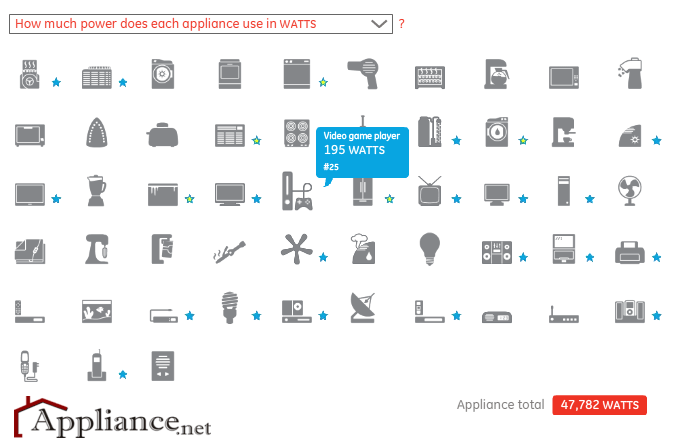Microwave ovens have been around for over forty years during which most people used them for exciting tasks such as heating leftovers, warming coffee and making popcorn. There were those adventurers that added to their cooking repertoire by preparing whole meals in the microwave.
But how to improve a product whose entire purpose is to be simple? Oven makers right now are betting on steam. Sharp has a $1,000 microwave that uses steam to cook more thoroughly, keep food moist without adding fat and help heat penetrate better (consumers fill a water reservoir attached to the oven). Whirlpool Corp. offers steam in a combination microwave-ventilation hood, starting at $349. It’s a space saver because it goes over a gas or electric range.
Steam microwaves are aimed at people who are in the market for an oven with special features, but not necessarily a microwave. “For anyone looking for a steam oven, it’s much cheaper than the other options,” says Jason Hughes, associate director of product planning and development at Sharp Electronics, a unit of Sharp Corp., in Japan. Conventional steam ovens cost upward of $2,000.
Now could be an opportune time to introduce new features. The number of meals Americans prepared at home using a microwave rose 9.5% to 47 billion meals last year, the first usage increase in decades, according to NPD Group.
Consumers are “actually doing a lot more meal preparation” in their microwaves, says Bob Schiffmann, president of R.F. Schiffmann Associates Inc., a New York consulting firm.
New-and-improved microwaves face big challenges. “Not every customer’s lifestyle is the same,” says Sue Bailey, director of major-appliance product management at Viking Range Corp., which has introduced a $1,275 microwave in a pull-out drawer that sits under the kitchen counter. Viking says it may come out with a steam device. “Some want steam, some just want things a little more quickly, and others just want a little more space” inside, Ms. Bailey says.
“It’s a product that still hasn’t been perfected after all these years,” says David Lockwood, director of consumer insights at Mintel International Group, whose research indicates 93% of households have a microwave oven. “It still doesn’t do everything people want it to do,” he says.
It may be simply a matter of sex appeal. Boxy, noisy, at times smelling bad, the microwave oven hasn’t inspired the kind of lust and romance that a trophy refrigerator or oven marketed as professional-grade commands from upscale homeowners.
The average microwave lasts only about eight or nine years, Mr. Lockwood says, and many consumers own microwaves that cost less than $90. “The average buyer still wants the cheapest possible solution,” he says.
You can read about the history of the microwave oven in our article “The Microwave Oven-a Brief History”




